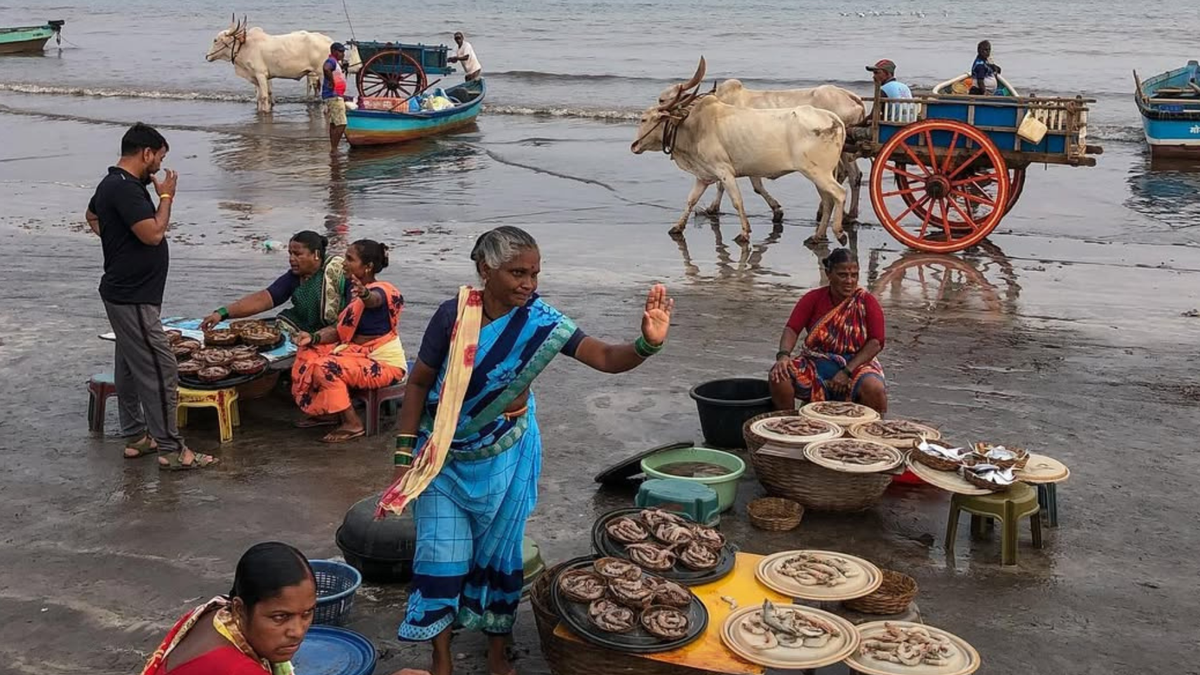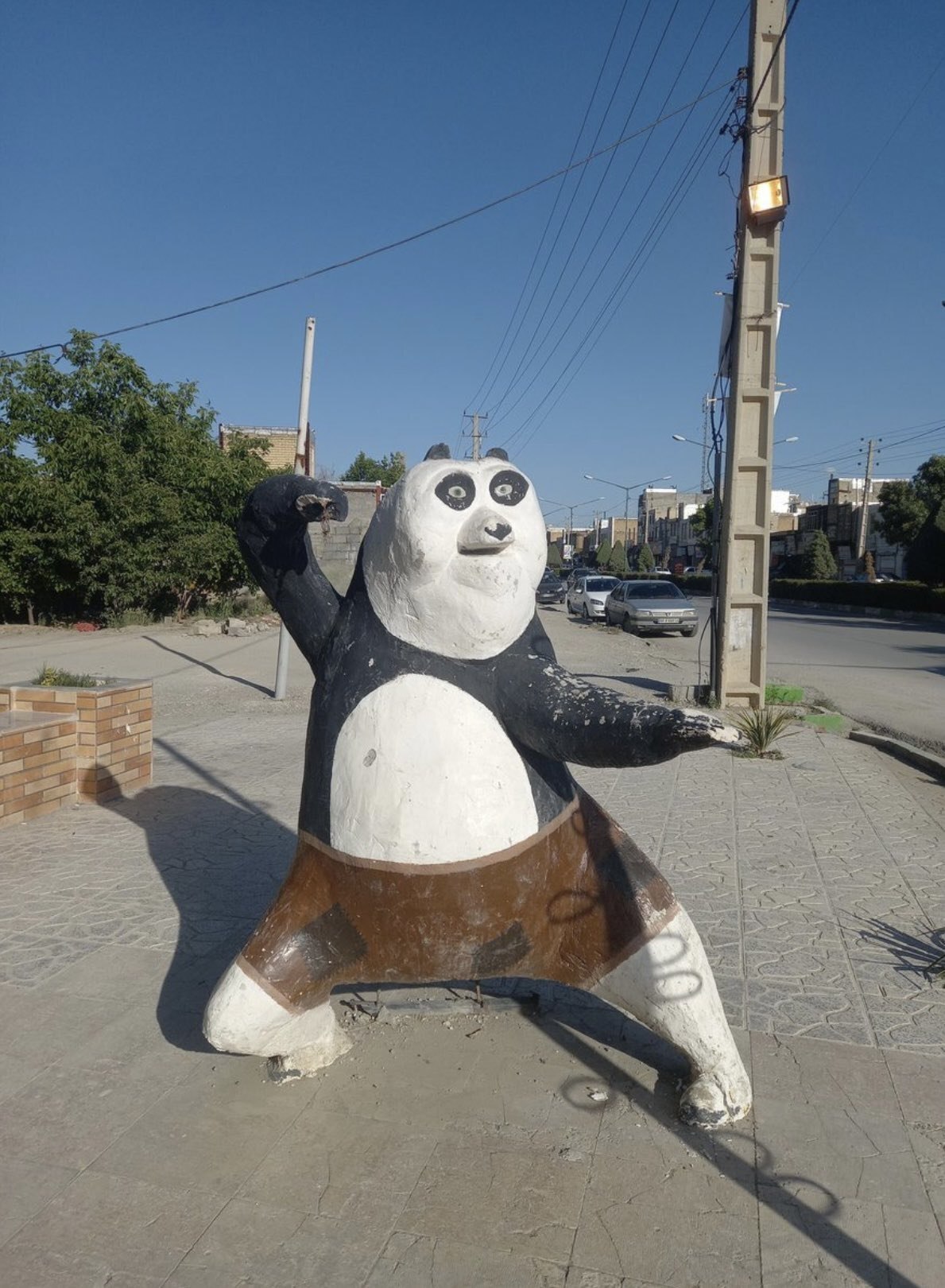The body is first taught obedience through fabric. The swaddle before speech, the school uniform before dissent, shame before skin. Clothing is behavioural before — and because — it is cultural.
In Volume IV: Truths, Half-Truths, Half-Lies, Lies, Kolkata-based artist and fashion designer Kallol Datta invites us to look at clothing as a long and loaded manual of social instruction. Drawing from Lessons for Women, a 2,000-year-old guidebook written by Chinese historian Ban Zhao for her daughters, Datta unpacks how garments have told people, especially women, how to sit, stand, move, behave, belong, and be excluded.

Kallol Datta | Photo Credit: Rusha Bose
Rules written in thread
Zhao’s book may have been written as a way for mothers to prepare daughters for survival in a rigid society, but its advice — on how to be modest, obedient, restrained — has stuck around for millennia. It keeps surfacing in new forms: in 16th-century Confucian revivalism, in the ‘values’ taught to girls across cultures today, in viral videos preaching ‘feminine behaviour’ and the new aspirational ‘trad wife’. All markers of neo-fascism and an imminent recession.
Datta was stunned by how familiar the text felt. “While feminist movements and ideologies have evolved,” they say, “the dominant forces… continue to subscribe to antiquated notions of social and behavioural propriety.” Even today, lessons dressed up as care — especially from mother to daughter — can quietly reinforce control.

Volume IV: Truths, Half-Truths, Half-Lies, Lies | Photo Credit: Anil Rane
Clothing is political
Datta, with his kohl-rimmed eyes and love of all things black, was a significant figure on the Indian fashion scene — until the Central Saint Martins-trained “clothes maker” made the switch a few years ago from mainstream fashion to art. Since then he’s tapped into textile, craft and his connections, but this time to explore clothing as sites of tension. Like his 2022 showcase of textile sculptures, titled Volume 3, ISSUE 2, which looked at the role of imperial edicts in Japan’s late Shōwa period.
Volume IV is structured like a story in four parts: Truths, Half-Truths, Half-Lies, and Lies Our Clothes Have Told Us. It travels across Asian garments — from the Japanese kimono to the Manipuri phanek — to show how fashion has long been used to signal status, enforce gender roles, and mark caste. The sari, often seen as a timeless symbol of Indian femininity, is one of the most revealing examples. The blouse and petticoat, though they now seem inseparable from the unstitched garment, were introduced during colonial rule, shaped by British-Victorian ideas of modesty. These facts, often tucked away from public memory, are central to Datta’s work.
Their pieces — textile posters, sculptural forms, and layered fabric compositions — are built from donated clothes and stitched with history. In these collages of cloth, Datta asks: who gets to be comfortable? Who gets to move freely? Who gets to be seen?

Poster 04 (Reconstructed kimono) | Photo Credit: Courtesy Kallol Datta and Experimenter

Poster 18 (Reconstructed saries) | Photo Credit: Courtesy Kallol Datta and Experimenter
Unbuilding the home
One of the most striking parts of the show features two textile floor plans. The first maps out a Korean hanok (a traditional house), where the design reflects rigid gender roles: male quarters in front, female quarters at the back, separate doors for servants and labourers. The second plan reimagines the house with only women living in it. Now, there are wide corridors, shared rooms, spaces for leisure and ease.
In Datta’s vision, just as clothing teaches us how to shrink ourselves, architecture teaches us to shrink our movement; where we’re allowed to go and where we’re not. By redrawing these spaces, they ask: what if homes were built around freedom instead of discipline?

Blueprint 01 (Reconstructed kimonos, saries, sarongs, kebayas and haori) | Photo Credit: Anil Rane

Blueprint 02 (Reconstructed phaneks, saries, haori, home linen, and repurposed yarn) | Photo Credit: Anil Rane
Inherited stains
Each garment used in Volume IV comes with a memory. “Every donation was accompanied by information from the donor… memories, episodic events connected to the items of clothing,” Datta shares. When old clothes are passed on in elite spaces, they are called vintage fashion; but what’s seen as nostalgic for one group is seen as shameful for another. In many Indian homes, for instance, clothes worn by lower caste domestic workers are kept separate, never touched, let alone or reused. In Datta’s view, “class hierarchies and abject caste structures… continue to exist in the regions of my interest”. So, the artist’s act of collecting and transforming these textiles becomes a way of rejecting this imbalance and showing how quietly and deeply caste and class shape even something as intimate as a hand-me-down.

Jeogori 15 (upper garment of the traditional Korean hanbok) | Photo Credit: Vivian Sarky
Slow resistance
Where the state uses surveillance and laws to discipline, Datta uses slowness. Stitching, assembling, disassembling, their process becomes a kind of quiet refusal. “There are recurring motifs in the works that are markers of small acts of resistance, of dissent, lack of access to economic activity… Clothes, and by extension, cloth, will always remain our first line of defence,” says Datta, who collaborated with Kolkata-based Ek Tara Creates, which employs women from vulnerable backgrounds, for the series.
In Volume IV, the garment is not precious or sacred, it is strange. Datta, however, doesn’t aim to shock. They ask us to look again. At the folds of our garments. At the rules we’ve absorbed. The exhibition is rife with silences that are full of questions. If every stitch is a sentence, then maybe the clothes we wear are trying to tell us something. If only we’d listen.
Volume IV is on till August 20 at Experimenter in Mumbai.
The writer is founding editor of Proseterity, a literary and arts magazine.

 9 hours ago
1
9 hours ago
1






















 English (US) ·
English (US) ·